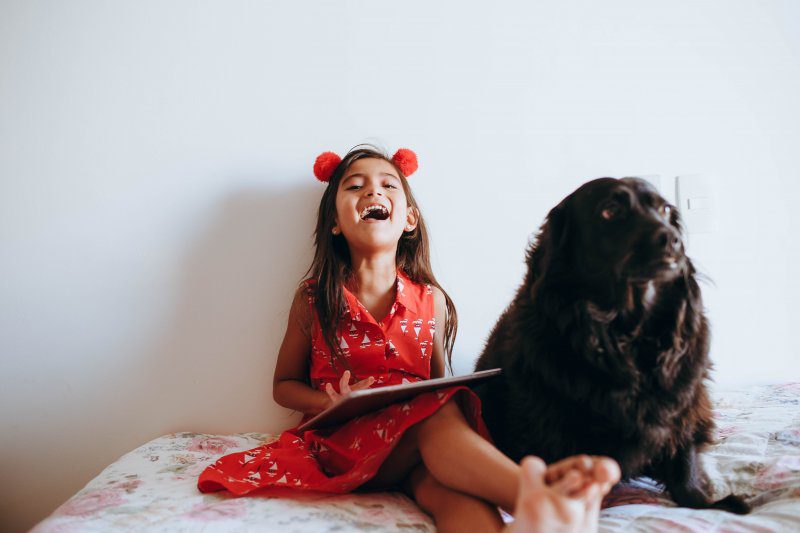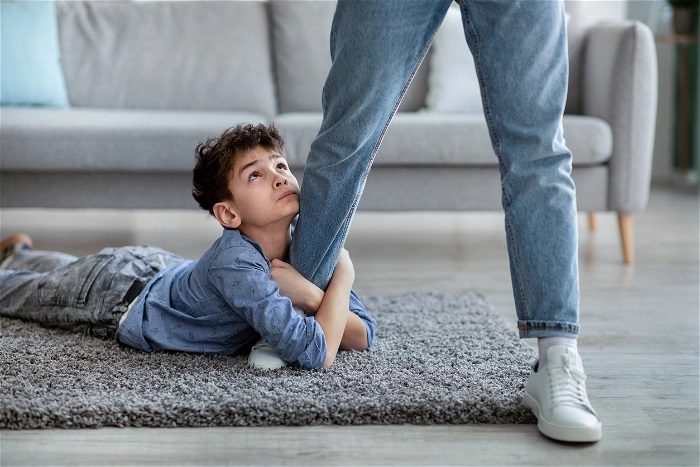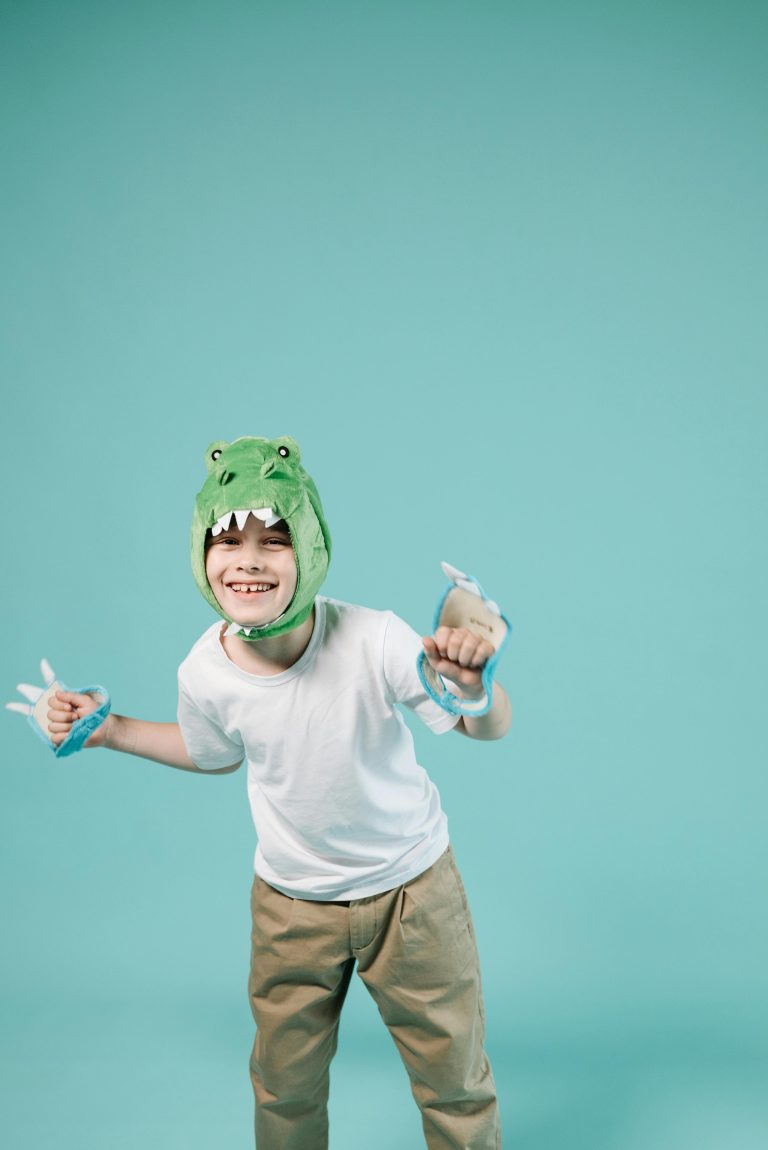Why You Should Get Your Child a Pet
When getting a pet, allergies and respiratory difficulties are the initial and most common concerns. The type of pet, size and also any specific breed requirements needs to be taken into consideration in order to also be fair on the animal. Knowledge about a species and proper care would ensure that the pet is also happy and thus avoid incidences of biting for example. According to the survey carried out in 2017 by Russo et al, companion animals were identified to be important to the family life and treated as family members. The emerging perceptions of the parents responding to the survey showed that animals were not considered as dangerous for their children’s health but most importantly they were perceived to have an important role by encouraging children to take on more responsibilities and also to improve skills required to foster relationships with others.
The conclusion from this survey stated that the ‘presence of furry household pets has been demonstrated to confer protection against development of atopy, food sensitisation, and metabolic disease in children and has been linked to reductions in cardiovascular risks in infants. This was also highlighted by the research carried out by Gadomski in 2016 as it was stated that ‘dog ownership has been associated with measured increases in physical activity among children’ (p37). This could be due to informal play and also because of less screen time by the children.
Having a positive attachment with an animal at home would encourage the children’s emotional well-being and the development of social and cognitive competencies. These benefits to child development were highlighted in the research by Hirschenhauser et al (2017), ‘in the context of education, the presence of a living animal in a room even without much physical human-animal interaction (eg. School dog) may affect stress responses and the social behaviour of students, as well as learning’ (p442).
Other implications of having a pet present, and involving children in its care are:
- That children form a positive attachment with animals and this bond helps alleviate stress during difficult moments in life.
- Children take more interest in animals and if it needs to exercise outside, this leads children to be more physically active and engaged outdoors.
- They are learning new skills and gaining more knowledge through their engagement and interest in the animals present. Creating opportunities for discussion and curiosity about other animals and the wider environment.
- Being more competent with regards to social skills, relationship skills and also emotional intelligence and empathy.
- Encouraging pride in oneself when they take on certain caring responsibilities and become more competent with specific tasks and skills.
- They are better able to communicate by having a common interest and also an opportunity to engage with their friends or classmates in the aspect of caring for the animal.
- Children become better able to deal with loss and change since they can visually experience it by the growth of the animal and also when their pet dies.
In conclusion, one can see that many positive factors emerge by involving children in the care and rearing of animals. The most important thing is to be well-read about the particular species involved so that proper care is given to the animal and proper learning is provided to the children. Informally it is also a source of many topics and concepts to teach children since it may involve grooming and games (physical aspect), bonding and empathy (social and emotional), mathematical concepts (example during feeding) and cognitive (gaining knowledge even about specific animals to specific geographical areas).
Abigail Church is a Humanistic Integrative Counsellor who works with adults and children through counselling with Willingness. She can be contacted on abigail@willingness.com.mt or call us on 79291817.
References
Russo N., Vergnano D., Bergero D. and Prola L. (2017) Small Pilot Survey on Parents’ Perception of the relationship between Children and Pets. Veterinary Science 4:52
Gadomski A.M., Scribani M.B., Krupa N. and Jenkins P. (2016) Pet Dogs and Child Physical Activity: The Role of Child-Dog Attachment. World Obesity Federation 12. P37-40.
Hirschenhauser K., Meichel Y., Schmalzer S. and Beetz A.M. (2017) Children Lover Their Pets: Do Relationhsips Between Chidlren and Pets Co-Vary with Taxonomic Order, Gender, and Age? A Multidisciplinary Journal of the Interactions of People and Animals. 30:3, 441-456.







